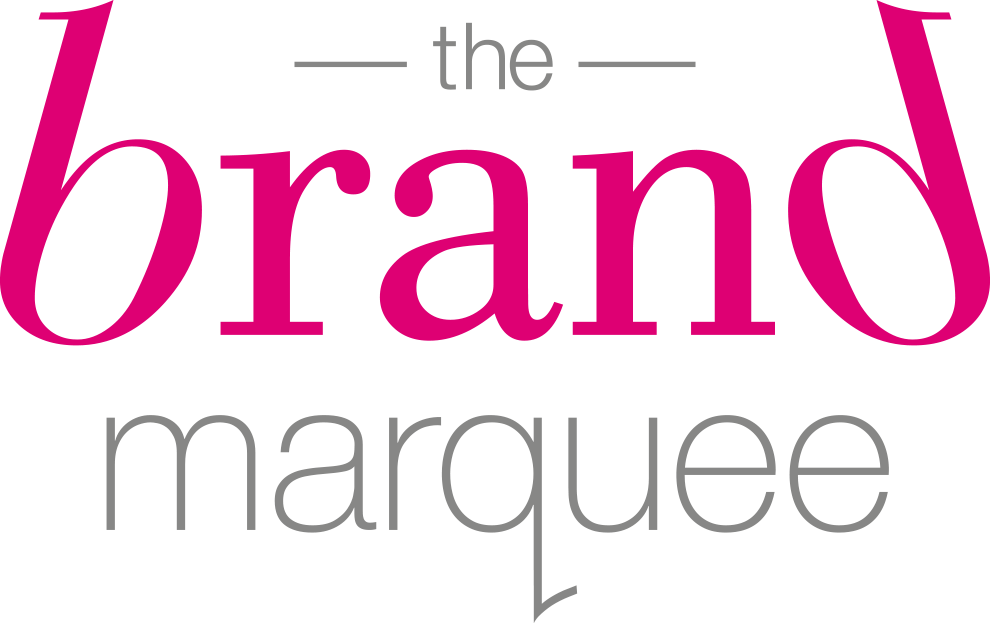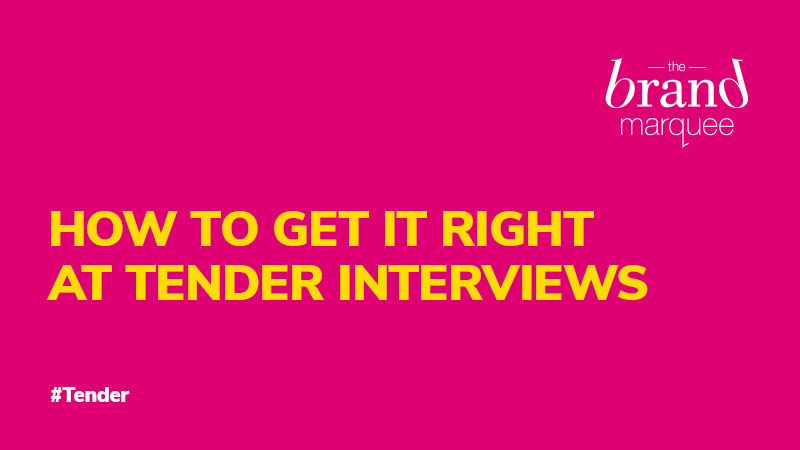How can the front runner at expression of interest drop to last at tender interview?
We all know the key ingredients for winning bids at tender interview, so why do bid teams still get it wrong?
Recently I was asked to talk at a seminar about why bid teams still get it wrong at tender interview. There are so many factors from whether there is an existing connection with the client, to allowing enough time to prepare, or the strength of communication skills in the team. But even when all of these are pitched well, there is often one fundamental reason why teams fail – they just don’t truly understand the client’s decision making drivers.
It doesn’t matter how rational we are, humans base decisions on past experiences – ie how well something has gone and what to avoid to make sure they don’t make the same mistakes. In simple terms, we base our decisions on four feelings; fear, sadness, happiness and anger.
Coca-Cola‘s mission is to make us feel happy in our lives; the fire and road transport services focus all their campaigns on fear, and many charities look to use all four feelings – take Comic Relief as an example.
In B2B, every tender process is about solving a problem for a client by appealing to those emotive drivers. Sometimes the client doesn’t even know the problems they face, you can help them understand the problem by getting closer to the real issues they face throughout a project.
Here are some top tips that may come in handy for your next major pitch:
1. Acknowledge the client’s pain
Clients are experienced buyers, they base their decisions on gut feel and conditioned learning over years of being in business and through life experiences. They instinctively know when things that have gone well and when things that have gone badly.
Ask yourself what is their greatest fear? What will make them disappointed? What does good look like for the client? Sometimes it can be as simple as the last team they appointed just didn’t gel and the project fell apart. Teamwork and ability to work with the team is high on any client’s criteria. It creates a feeling of togetherness and working towards success.
“They dropped to third at interview because there was no director, they lacked energy and they hadn’t worked together as a team” (tender interview feedback)
If the team are not engaged or seen to be working together, we can make all sorts of assumptions.
Here is another example:
“They left one person completely out on their own to answer all the questions – felt like they had stitched him up”
Clients have simple criteria, particularly when basing their decision on fear. Their pain is usually based on ‘do I like them?’, ‘can I work with them?’, ‘are they answering my questions with competence and relevant stories?’, ‘are they reliable, flexible, open?’ ‘are they responsive?’. If you manage to show all these qualities as a team, you will absolutely be a hard choice not to make.
2. Address the real problem with feeling
As marketers, this is the most exciting part of our job – expression with empathy.
As Larry Page, Cofounder of Google Inc once said:
“Just to invent something and have a great idea is a lot of work, but it is not enough. You need to know how to get people excited”
You have been invited to the interview because your pitch document has answered all the client’s questions satisfactorily. The only reason you are now at the interview is to see the whites of your eyes, see and feel that you are competent, and determine your passion for the project.
The best way to display all of these things is by telling stories with passion and lots of pictures. Bear in mind, every story you tell must focus on the client’s problems and how, through your experience, they can be solved.
Collect relevant stories, use images of people involved in the project or happy with the result; play video or motion with client testimonials; do something different and above all engage with all your non-verbal communication.
Persuasive pitches begin with knowing what the client wants and then pitching using all the assets we have – drive, motivation and enthusiasm. A panel once reported to us that a team lost the project through “Lack of smiling or enthusiasm for the project”!
3. Talk about the elephant in the room
Before you go to the interview, you know you have one major Achilles heel, in fact, you are certain the client knows it too. So what do you do?
You address it at the beginning of your pitch! “We know that our competitors are much bigger than us but there is one quality they don’t have …”. Thinking about the client’s pain, what do they fear most, find persuasive ways of how you will not let them down.
Or if you know that your competitor ticks all the boxes and you are missing that one factor the client is worried about, show them how you have already solved the problem before the interview – e.g. ‘we know that you are looking for a team experienced in London, and whilst our experience is in major cities, our London experience has been limited, but we have researched the market and we have determined the potential obstacles that only we can overcome.’ Simple!
4. Don’t take unnecessary risks
“The presenters were not integrated. Also, some involvement is required at the interview to give an understanding of why they are there, what they will bring.”
One member of the team can lose it, one can win it. We call this element ‘the human factor’. When the client suggests you take a minimum of four people, and they give the names of the roles of four people but suggest you can take two more. DON’T. Four people on your panel is just about manageable, six can be risky.
Not everyone has the right skills for presenting, and in a team of four you usually have one star. Try to have smaller numbers in your team that are well trained and well versed.
5. Joined up thinking from EOI to interview
Joined up thinking or lack of it is a major risk.
Many organisations have a bid writing team and a tender interview team. This is quite normal but does cause problems if the two are not joined up. When the bid team are asked by the tender interview team to put the bid together, the bid team capture all the emotive elements from the research to answer the questions – case studies, testimonials, etc. They really start to the feel the problem they are solving.
The most successful way to capture the feeling is to get the bid writing team to present to the tender interview team. This way, you can explore the problem your client faces and devise a winning tender presentation that is full of empathy.
Where do you go from here?
Don’t wait until the day or the hour before you attend the interview. At least four weeks before the big day, begin planning and preparing for your pitch.

